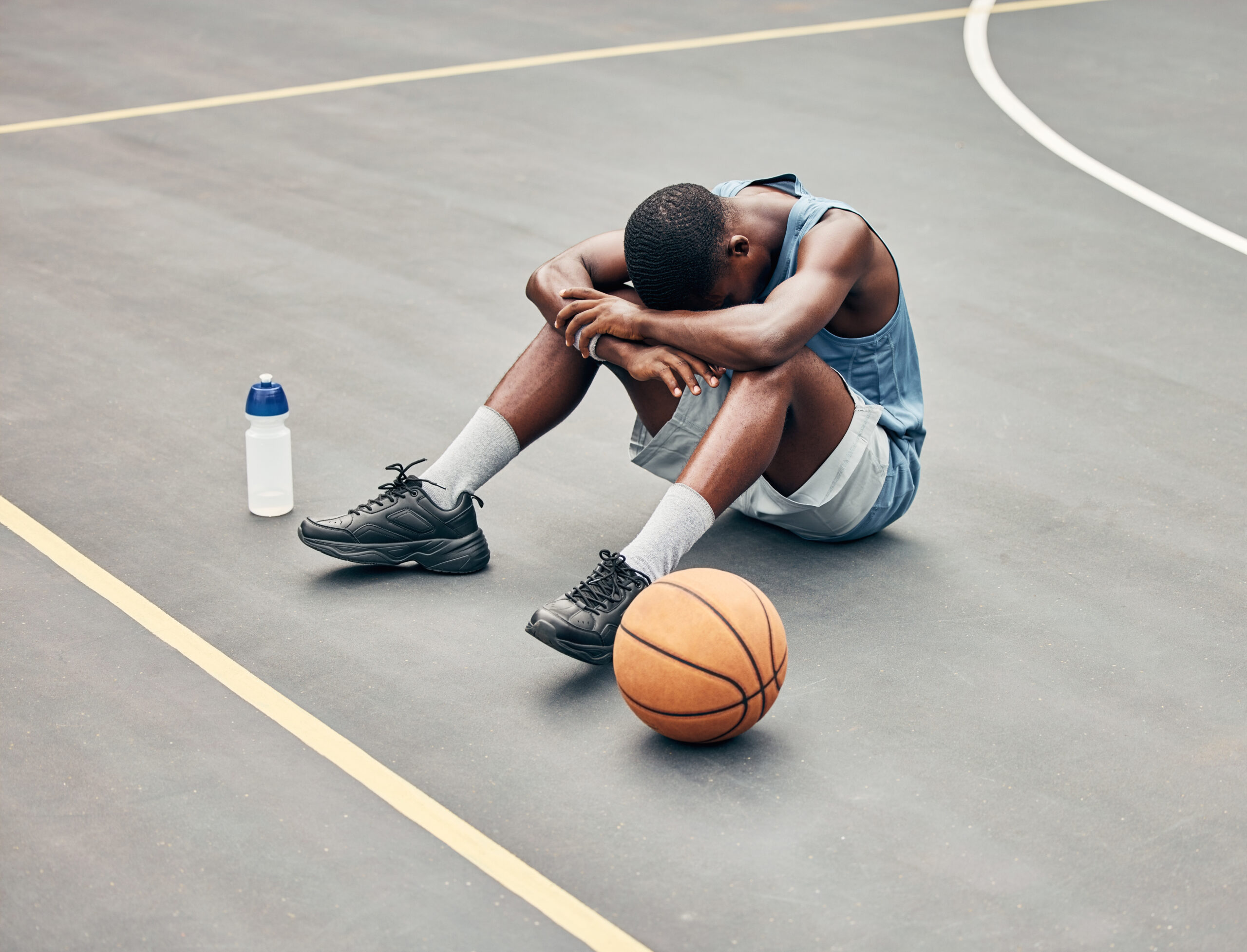Sports burnout is a condition that can affect athletes of all ages and skill levels and can be a serious issue. It can affect your ability to perform well and enjoy the sport that you’re playing. Sports burnout is particularly common among athletes who engage in high levels of training and competition. Cultivating flow can help athletes rediscover their love of the game and perform their best more consistently. Recognizing the signs of burnout is key to understanding when it’s time to take a break and come back with a renewed sense of enthusiasm. In this blog post, we will discuss the 5 warning signs of burnout in sports and how to prevent it.
1) Physical and Mental Exhaustion
To prevent physical and mental exhaustion from happening, coaches and trainers can take steps to manage task duration, break up training loads into manageable sessions, and gradually increase the intensity of mentally demanding tasks. They should also avoid telling athletes how long a task will take, limit routines that induce mental fatigue, manipulate time pressure to change players’ mental fatigue and load, and make sure athletes fully understand what is being asked of them.
2) Chronic Injuries and illnesses
Chronic injuries and illnesses issues can arise from overworking the body without giving it enough rest and recovery time. It’s crucial to meet with a primary care provider before beginning any new exercise program to prevent potential injuries. Additionally, consider working with a personal trainer or signing up for a class to start a new activity safely. Don’t forget to warm up and cool down before and after physical activity and stretch to increase flexibility once your body is warm. Gradually increasing training levels is also essential to avoid burnout and prevent chronic injuries and illnesses.
3) Increased Irritability and Mood Swings
Meditation, yoga, visualization techniques, aromatherapy, getting at least 8 hours of sleep, and relaxing before bed with soothing music or nature sounds can help you manage these symptoms. It’s also important to avoid alcohol, caffeine, and any other mood-altering substances. Staying dedicated to regularly exercising and keeping a journal to track mood swings and potential triggers can help you gain insight into your moods. In some cases, therapy may be necessary to help you manage dramatic mood swings and control intense emotions. Remember, it’s important to take care of yourself both physically and mentally to prevent burnout in sports.
4) Social Withdrawal and Isolation
Athletes who are experiencing burnout may begin to withdraw from their usual social activities and relationships and feel disconnected from their support systems. This can lead to feelings of loneliness and depression. If you’re experiencing social withdrawal and isolation, it’s important to learn coping skills to manage anxiety and depression. Try to reconnect with trusted members of your support system, whether that be friends, family, or teammates. Rediscovering hobbies and interests that bring you joy can also help combat feelings of loneliness. It’s important to talk to a healthcare provider or schedule an appointment with a mental health professional if you’re experiencing burnout. Practicing self-compassion and self-care is also crucial in managing burnout and preventing it from getting worse. Remember, it’s okay to take a step back and prioritize your mental health.
5) Difficulty Concentrating and Making Decisions
Athletes experiencing burnout may struggle to focus on training and competition, resulting in a decline in performance. This lack of focus can also affect their personal and professional lives, making it harder to complete tasks and make decisions. To combat this, athletes should prioritize self-care, exercise regularly, get plenty of quality sleep, and eat highly nutritious foods. It’s also essential to reduce caffeine intake and practice effective stress management techniques such as journaling, deep breathing, or meditation.

